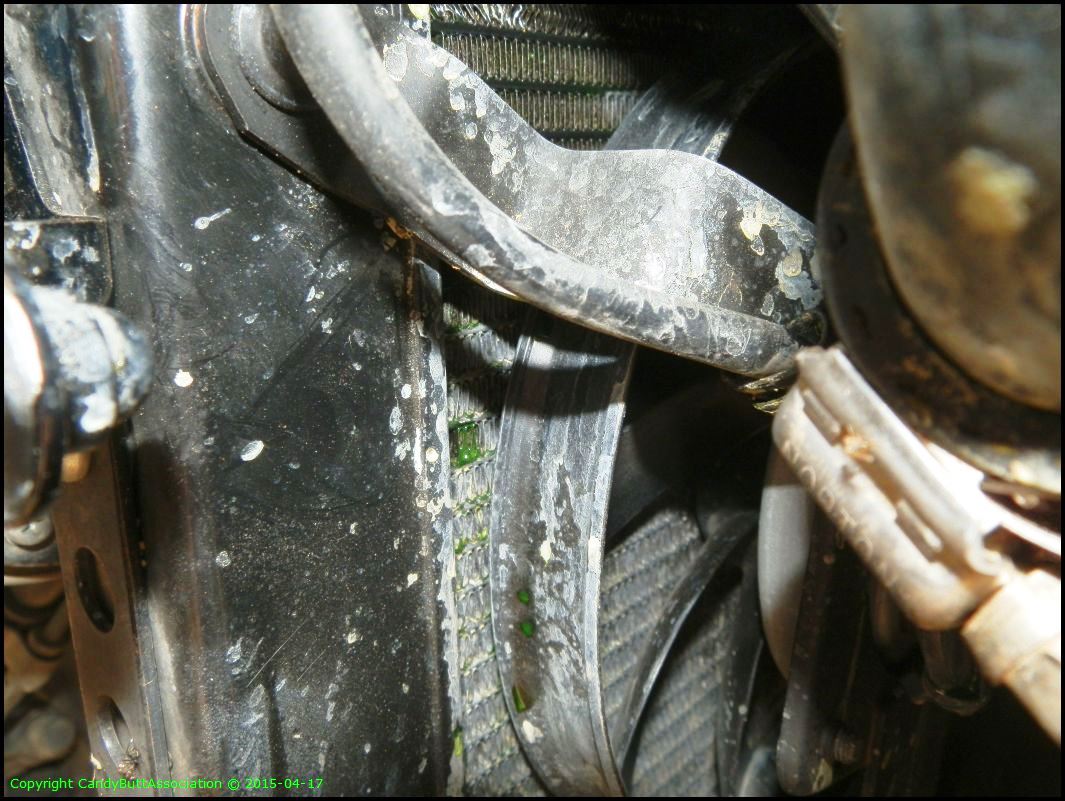Yes, there are two ridges you mention. The lower one is for low level and the higher one is for high level. When I replace my coolant during my winter maintenance I usually fill it up to about 2" above the top ridge the first time to "burp" the radiator then check it once in a while. After about 2 weeks I don't have to add any more.
Also- the overflow/vent hose (not shown in your picture) should run down, ending below and to the aft of your oil filter. Bend way down and you'll see a bolt/screw that holds the last aft bit of fairing in place, below and aft of the oil filter. Take that bolt/screw out and gently flex the plastic out and make sure your hose isn't folded/kinked/otherwise obstructed. Sometimes it gets kinked behind the little piece of foam (you'll see it), especially if something unusual happens. Please DAMHIK. This could make the top of the overflow reservoir pop off.
One more thing, and not to sound dickheaded-ish, but did you receive and read the owner's manual? Many of our questions (like "Ok, I assume this is the coolant reservoir?") are very basic and are answered in the manual, sometimes with pictures and everything. If you don't have one you can read/download it here.
Also- the overflow/vent hose (not shown in your picture) should run down, ending below and to the aft of your oil filter. Bend way down and you'll see a bolt/screw that holds the last aft bit of fairing in place, below and aft of the oil filter. Take that bolt/screw out and gently flex the plastic out and make sure your hose isn't folded/kinked/otherwise obstructed. Sometimes it gets kinked behind the little piece of foam (you'll see it), especially if something unusual happens. Please DAMHIK. This could make the top of the overflow reservoir pop off.
One more thing, and not to sound dickheaded-ish, but did you receive and read the owner's manual? Many of our questions (like "Ok, I assume this is the coolant reservoir?") are very basic and are answered in the manual, sometimes with pictures and everything. If you don't have one you can read/download it here.








































![Decrum Motorcycle Jacket Men - Mens Leather Jacket | [1100065] Austin Brown, XL](https://m.media-amazon.com/images/I/41HqZSRj6LL._SL500_.jpg)











